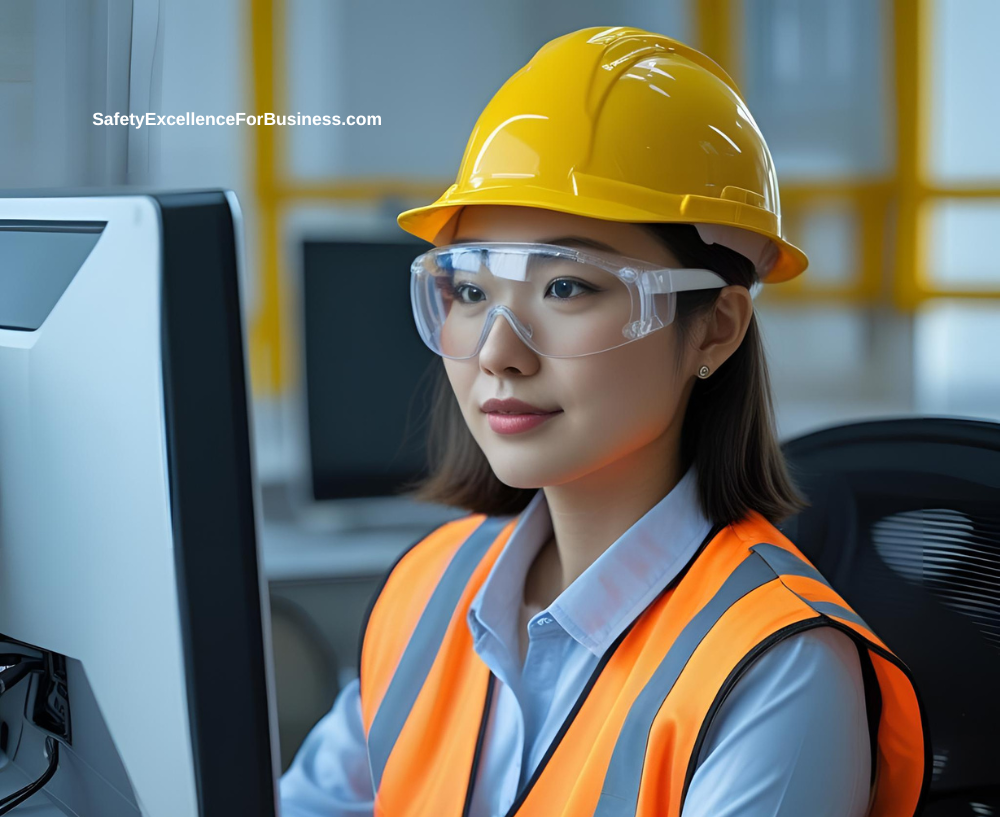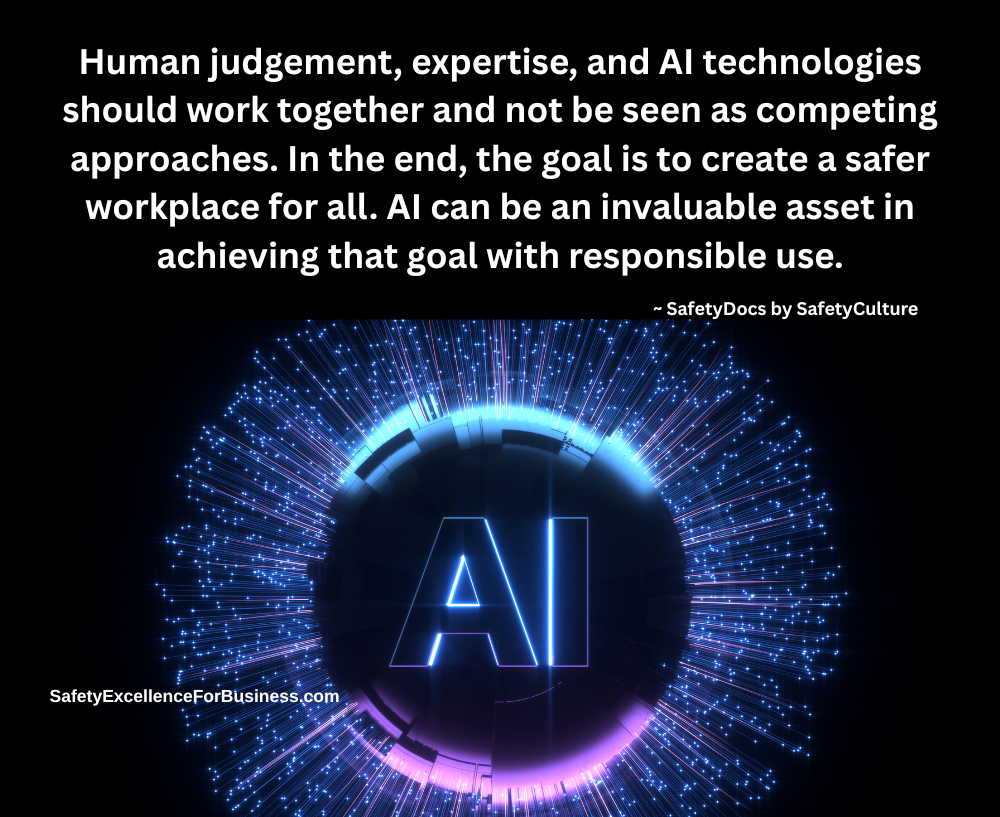The Artificial Intelligence (AI) Offering
There are great hopes that Artificial Intelligence (AI) will make workplace safety easier and better.
I think that this can be a trap – potentially inhibiting us from actually reducing the number of people being killed and injured at work each year (~5,200 fatalities and ~2,400,000 serious injuries a year for the last 10 years; Bureau of Labor Statistics). Please understand: It is prudent to have some wariness so that we remain focused on what it will take to make sure our people go home at the end of their shift in the same way they arrived, with their arms, legs, eyes, ears, all intact.
There are thousands of good safety people working to improve things in real-time and Artificial Intelligence (AI) is the next great hope for improvement in broader know-how: computer generations, algorithms, which may be very important – depending on how we apply the new “learning”. AI is indeed one of the technology megatrends that are shaping the future of work. That includes the future of workplace safety. The area of ergonomics, computer-interactive safety training, and predictabilities come to mind, as prime for AI applicability – indeed, they are already in place.
But make no mistake: There’s a balancing dance to do…of AI innovation and the human aspect of our workplace. Although AI offers powerful tools and notable progress, it is necessary not to lose sight of the human element in day-to-day workplace safety. AI should complement and enhance human capabilities.
As you know AI scans a huge amount of information and will feedback interesting summaries. All we have to do is to frame a question and ask AI to give us an answer. It is really fast and often the answer is plausible. There are a lot of AI models already functioning, so you need to choose the correct one to answer your question.
Just about everything on the internet is scanned, which is really impressive. This information can be quite useful, provided you really think about it and see how it connects with your experience and knowledge. Does it make sense? Is it really answering your question? How does it fit your situation?

Workplace Safety
Every workplace is unique. Real workplace safety is a local experience. The safety approach we need is highly specific to each and every workplace. Each person working there needs to think about their situation, look at it and talk about it with their co-workers to figure out the best and safest way to do the job. None of this specific workplace’s situation and information is on the internet so an AI search cannot really apply to their specific situation. The people doing the work need to take the responsibility together to use their specific resources (other people, PPE, develop a better procedure, etc.).
Expecting AI to tell you what to do is like having the plant manager or CEO who is sitting in her/his office and thinking that they really know your job and then giving you specific instructions on how to do the work.
Artificial Intelligence is a faster version of the “work-as-imagined and work-as-done” situation, which a lot has been written and covered in thousands of workshops and lectures. We close the AI/ real workplace gap in the same way as we have learned to close it in other situations.

AI Use
AI is a powerful, challenging tool that must be used wisely and its output used cautiously. Dr. Michael Lissack has written about using AI in his new book, Augmented Science, which is available from Amazon. He thoroughly investigates a number of aspects of AI and has many questions and insights to consider.
AI is not something to just jump into without some serious training:
- What is your organization’s policy about how to use it?
- Are people trained to navigate the AI programs?
- If someone blindly follows an AI recommendation and it does not work, who is responsible?
- What are the biases in the AI program which can impact its output?
Your organization needs to do some deep thinking about how to build the proper relationship with AI so that it can be used to help us work better. But remember: AI does not have your specific situation in the database so it cannot give you answers to your specific needs. For more information, the May 2024 issue of Safety+Health magazine provides a valuable overview for all safety people and supervisors.
Everything works through people. Treat each other with respect, listen and learn together and use AI wisely and carefully. Call me, 716-622-6467, and let’s chat!





